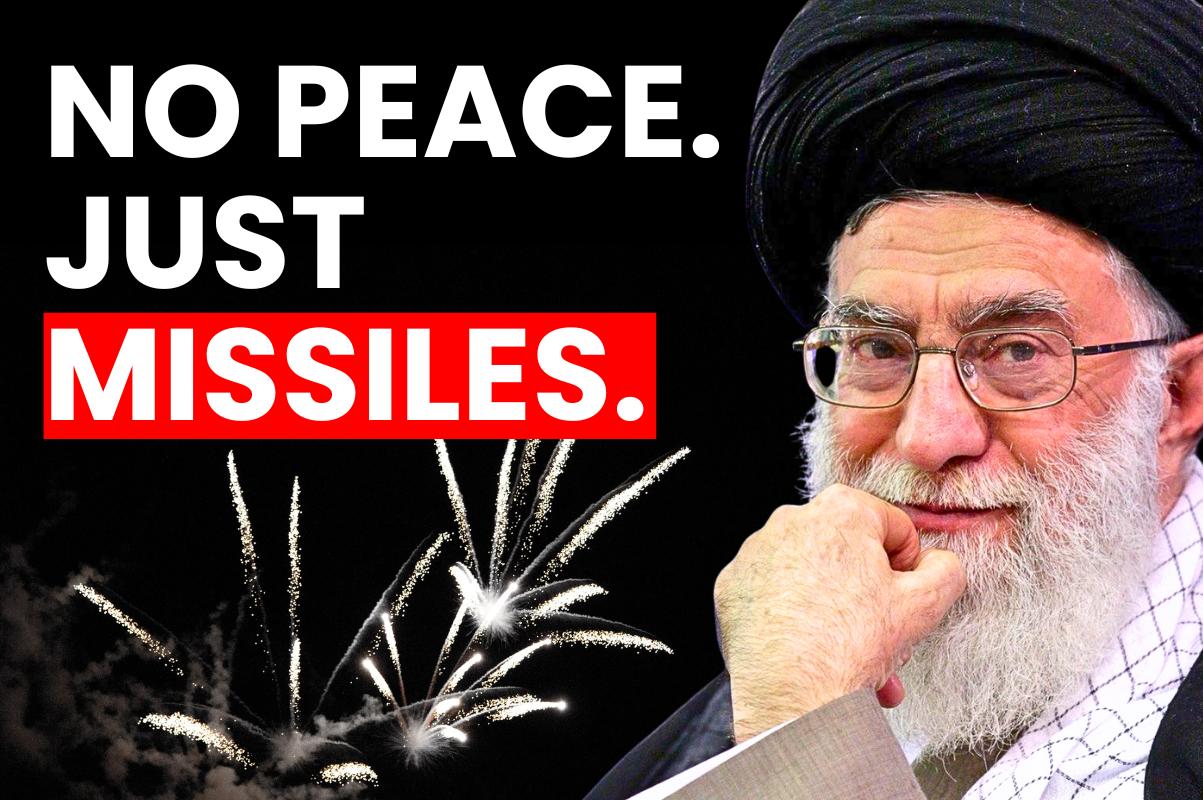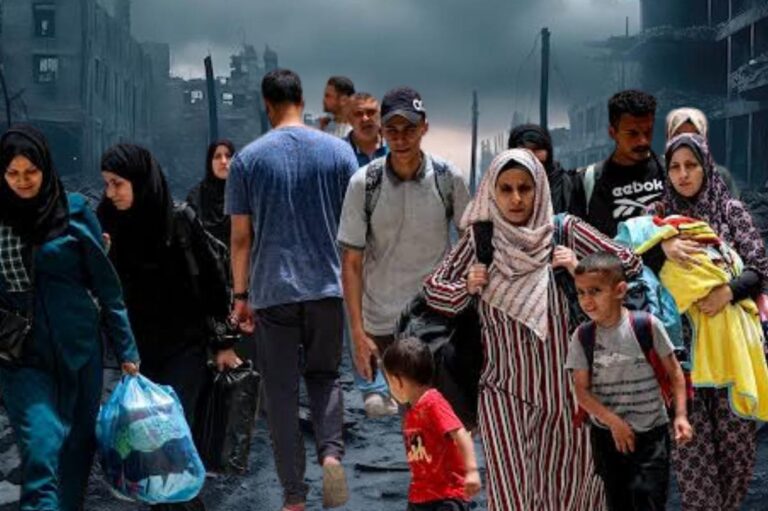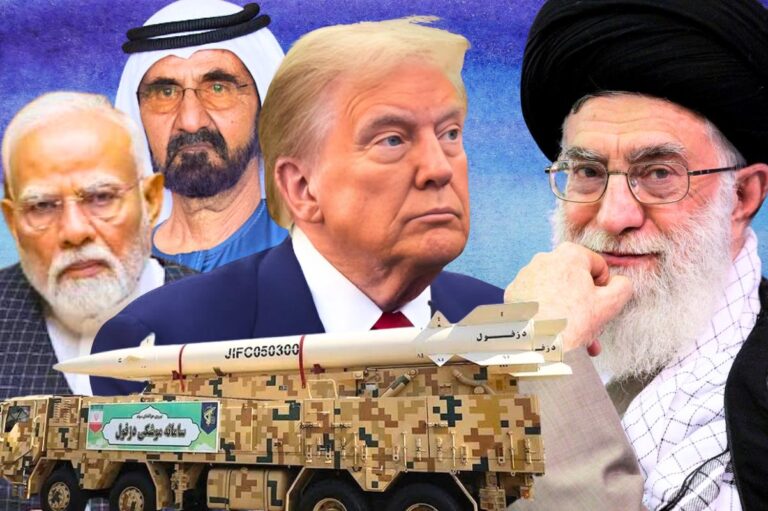Missiles Launched by Iran Target Israel Amid Confusing Ceasefire Agreement
The Middle East continues to grapple with confusion and anxiety, despite recent declarations of a ceasefire. However, the grim reality on the ground paints a starkly different picture: missiles are still flying, and lives are being lost. Missiles launched by Iran target Israel amid a confusing ceasefire agreement, raising serious questions about the truce’s credibility. Amidst this chaos, a bewildering set of conflicting narratives particularly concerning Iran’s intentions is at the heart of the problem. How can a nation claim no formal ceasefire agreement while rockets land on Israeli soil? This complex web of events, where official statements often clash with observable actions, leaves the world on edge.
Iran’s Denial Meets Missile Barrages
Just hours after U.S. President Donald Trump announced a “complete and total” ceasefire between Iran and Israel, a narrative collapse began. While Trump celebrated the agreement, Iranian state media reports contradicted this by stating that the country’s armed forces had refrained from firing fresh missiles after the truce officially commenced. However, almost simultaneously, sirens blared across northern Israel, and Israeli officials confirmed the launch of new barrages. The Israel Defense Forces (IDF) reported intercepting multiple missiles, with fragments discovered in the Galil region. This apparent contradiction immediately cast doubt on the fragile peace that had just been established.
Iran, through its Foreign Minister Abbas Araqchi, initially asserted that there had been “no agreement on a ceasefire.” However, he later clarified that Iranian military operations continued until the very end of the designated ceasefire commencement time. This nuanced stance suggests that Iran views its actions as completed retaliatory measures before a truce, rather than as violations of the agreement. Nevertheless, the timing of these “final” barrages, which persisted for almost two hours, directly contradicted the spirit, if not the letter, of the announced de-escalation.
Retaliation and Resumption – Israel’s Swift Response
Israel swiftly accused Iran of breaching the ceasefire. Defense Minister Israel Katz announced that the IDF had been ordered to respond forcefully to Iran’s violation of the ceasefire with intense strikes against regime targets in Tehran’s heart. This declaration of “forceful response” reflects Israel’s intolerant stance towards any perceived breaches, especially after an earlier, pre-ceasefire missile attack on Beersheba that resulted in the tragic loss of four lives and injured dozens, causing significant damage to residential buildings. While Prime Minister Benjamin Netanyahu’s office confirmed Israel’s agreement to the truce, it explicitly stated that Israel would “respond forcefully” to any violations. The immediate resumption of hostilities underscores the precarious nature of any brokered peace.
The U.S. Role – Broker, Umpire, or Peacemaker?
President Trump, who had enthusiastically declared the ceasefire’s success, quickly expressed his displeasure upon the emergence of reports of renewed fighting. He reportedly expressed his dissatisfaction with both Iran and Israel, even posting on Truth Social, “DO NOT DROP THOSE BOMBS. IF YOU DO IT IS A MAJOR VIOLATION. BRING YOUR PILOTS HOME, NOW!” This suggests that the US role is not just as a broker but also as an active enforcer, yet one struggling to manage the volatile parties. The initial ceasefire push was underpinned by diplomatic backchannels involving Vice President JD Vance, Secretary of State Marco Rubio, and special envoy Steve Witkoff communicating with Iranians, and critical mediation by Qatar. However, the swift collapse underscores the deep-seated mistrust that even high-level diplomacy struggles to overcome.
The Civilian Cost – More Than Just Headlines
Beyond the geopolitical chess match, the human cost is tragically evident. The missile exchanges have resulted in significant civilian casualties on both sides. In Israeli cities like Beersheba, residential buildings have been heavily damaged, forcing people into shelters. While initial reports after the ceasefire claimed no new major casualties immediately following the contested missile launches, the previous days of conflict saw hundreds of Iranians killed, including military leaders and scientists. In Israel, Iranian strikes resulted in 28 deaths and thousands of injuries. The targeting of civilian areas, including residential buildings, a university, and even hospitals, has raised grave concerns about international humanitarian law and the indiscriminate nature of the attacks.
The Media’s Kaleidoscope of Truths
The conflicting narratives emanating from Tehran, Jerusalem, Washington, and various media outlets have created a disorienting information environment. Each side presents its version of events, often denying accusations while leveling its own, making it challenging for the global public to discern the complete truth. This “he said, she said” scenario not only fuels confusion but also hinders de-escalation as competing realities erode mutual trust. The ongoing “12-Day War,” as Trump dubbed it, has not found a stable end but has instead devolved into a battle of narratives as much as rockets.
Conclusion
The current situation between Iran and Israel serves as a stark reminder that a ceasefire declaration is not always followed. Following President Trump’s declaration, conflicting claims, renewed hostilities, and a profound lack of clarity have emerged. This uncertainty has left the world grappling with a precarious and unpredictable future. Until a genuine, mutually respected cessation of hostilities is achieved, the shadow of conflict will continue to loom large over the Middle East, causing devastating consequences for its people.






